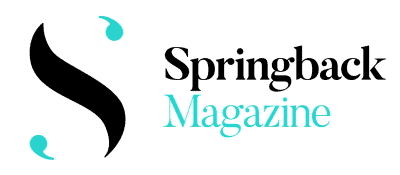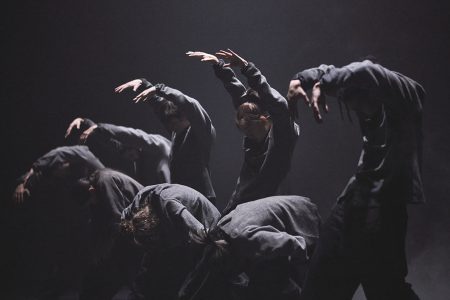The Everybody Festival, held from 14–18 February 2025 at the Carreau du Temple in Paris, presents itself from the outset as a manifesto celebrating the diversity of bodies and identities. It is not merely a contemporary dance festival but a multidisciplinary space where performances, free dance classes, parties, and exhibitions converge. But behind this ambition for openness, does one witness a celebration of artistic plurality, or rather a juxtaposition of heterogeneous aesthetics flirting with current trends? The festival seems to teeter between truly transformative propositions and mere declarations of intent.
Olivier Dubois: Pour sortir au jour
The festival opens in a warm atmosphere, far from the solemnity that sometimes characterises Parisian institutions. Yet, a first hitch quickly disrupts this dynamic: Olivier Dubois’ solo is delayed by twenty minutes. A detail? Perhaps. But this setback, met with amusement by some and frustration by others, immediately creates a tension between anticipation and the performance to come, as if the show had already begun offstage, in this in-between space where expectation blends with impatience.
When he finally appears, Dubois delivers a solo oscillating between intimate confession and flamboyant display. The stage setup, deliberately sparse – table, laptop, an ashtray, a champagne coupe, three chairs aligned at the back – evokes the workspace of an artist in the midst of creation, a mental studio where memories and traces of past works overlap. His precise and sculptural movements testify to an undiminished technical mastery. He revisits the milestones of his career as a performer with near-obsessive precision, unfolding a choreographic self-portrait where the body becomes both an archive and an analytical tool.












